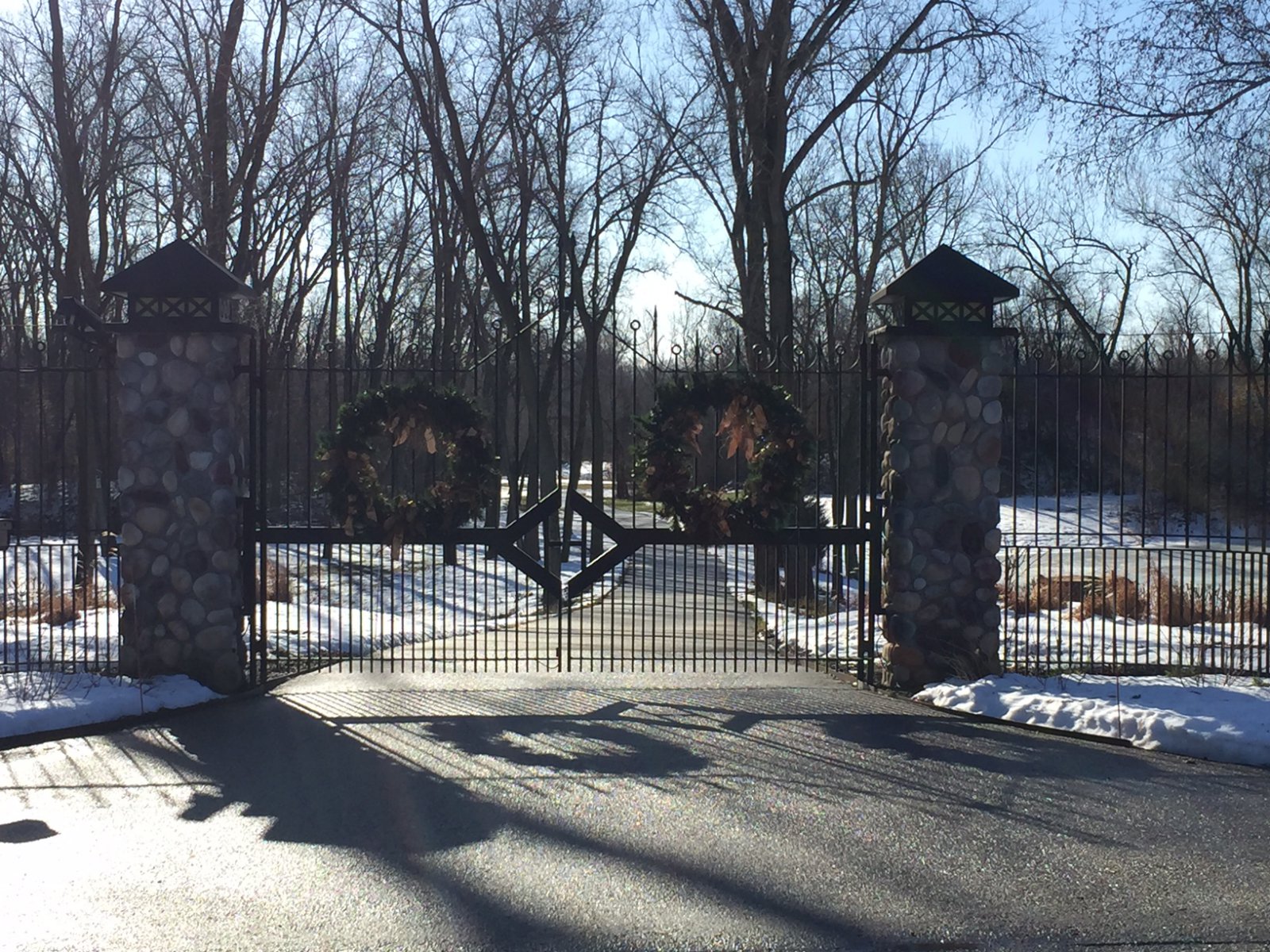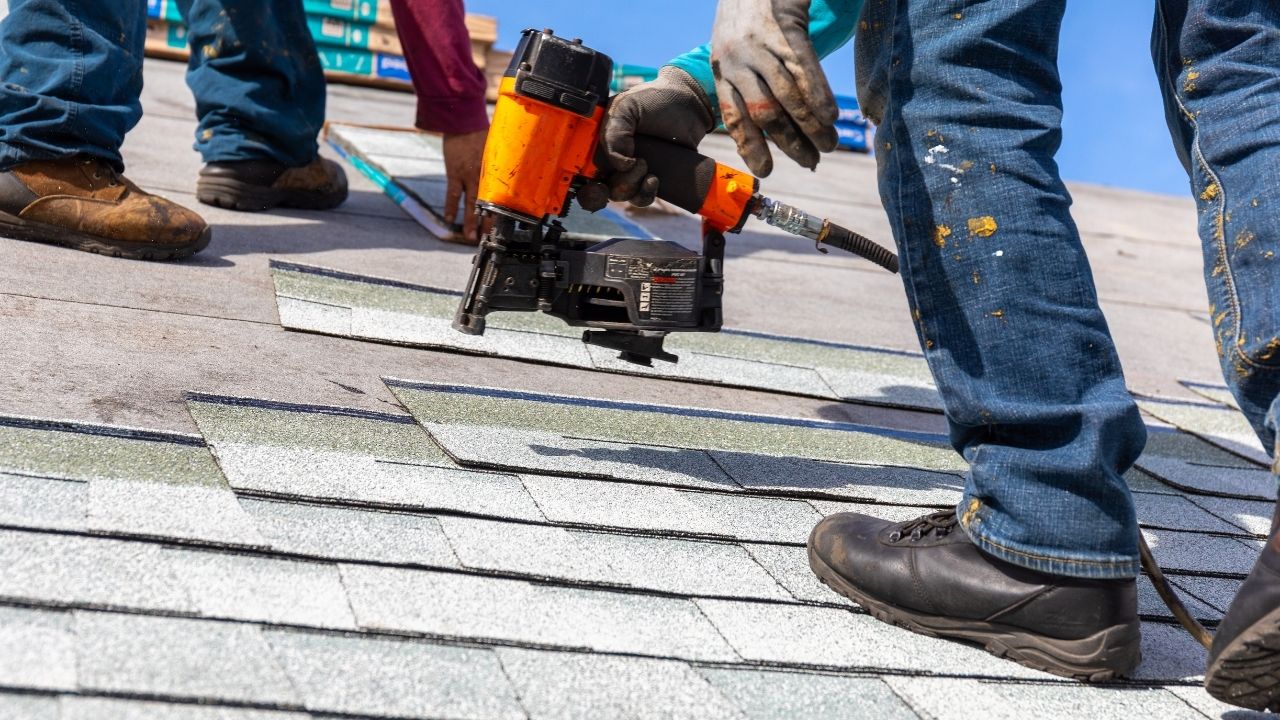
There are many roofing drainage systems. A downspout, the most common type of drainage system, is the best. It drains water from the scuppers and directs it towards the ground. These drainage systems are typically made of cast iron and are durable and quite. These drainage systems have a protective cover to prevent large amounts of debris from entering. Cast iron can be expensive and requires frequent maintenance. Polyvinyl chloride drainage systems (PVC), are more affordable and versatile.
There are three basic types for roof drainage systems. One common type is the RD300-AC roofing drainage system. This roof drain features a very reliable compression seal to reduce leakage. An RD300 AC roof drainage system is another type. The drain system includes a domed strainer that can be adjusted from one to three-and a half inches in diameter. These drainage systems, made from epoxy-coated cast metal, feature a selflocking polyethylene dome.

There are two types. Positive roof drainage systems employ siphoning as a drainage system. They are most common on flat commercial roofs. They also require fewer drainages than other roofing drains. These systems are also cheaper than other roofing drains and require less work to install. However, they require more care than other types roofing drainage systems. This type of drain system does not need as many sloping roofs as other systems.
An integral part of the roof drainage system is the primary roof drain. Its primary function, however, is to carry rainwater down to the ground or another place. These drainage systems can be called overflows. Roof drains have a 2'" water dam. This can be either an external or internal one. They are especially effective when large amounts of water accumulate on roofs. If the primary roof drainage system has become clogged, a secondary one may be required.
There are many types and styles of roofing drains. Some drains are invisible, others are obvious. You must ensure that your inner roof drainage system is properly installed. A good method is to have a lower channel than a higher one. These are more efficient, but you have to be careful not to cause your home to get flooded if you choose to place the inner roof drain on the inside of the roof.

Scuppers are the most widespread type of roofing drainage. They are located on the roof edge and are intended to prevent water from pooling. These are usually made from sheet metal and installed with a gutter, or downspout. In some cases, they can be attached directly onto the roof or secured using an underneathdeck clamp. So, the right roofing drain depends on the location. It should be located in the center of the parapet and sloped away from the building's exterior wall.
FAQ
What should I do before renovating a home?
Cleaning out clutter inside and out is the first step to fixing up a house. Next, clean out any moldy areas. Next, clean the exterior surfaces and paint.
Do I need to hire an architect?
If you are planning to renovate your own home, it may be easier to just hire someone else to do the work for you. You can hire an architect to help you design the perfect home.
What should you consider when buying your next home?
Make sure you have enough cash saved to pay closing costs before buying a new house. Refinancing your loan is an option if cash is tight.
Statistics
- On jumbo loans of more than $636,150, you'll be able to borrow up to 80% of the home's completed value. (kiplinger.com)
- They'll usually lend up to 90% of your home's "as-completed" value, but no more than $424,100 in most locales or $636,150 in high-cost areas. (kiplinger.com)
- Most lenders will lend you up to 75% or 80% of the appraised value of your home, but some will go higher. (kiplinger.com)
- Rather, allot 10% to 15% for a contingency fund to pay for unexpected construction issues. (kiplinger.com)
- Design-builders may ask for a down payment of up to 25% or 33% of the job cost, says the NARI. (kiplinger.com)
External Links
How To
How to renovate an older house
Let's start by deciding what type of renovations you would like to undertake. This could be as simple as updating your kitchen equipment or completely renovating your entire home.
Once you've decided on the type of renovation that you want to do, it is time to consider how much money your budget allows you to spend. You might discover that you don't have enough funds for the entire project. If this is true, you will need to make hard decisions about which areas you can afford to fix and which ones you won't.
You need to be sure that before you do any renovations you are aware of the following things. The first thing to do is ensure you get the necessary permits. You should check whether you are required to have planning permission to perform certain types of work. For example, if you plan to add extensions to your home, you might need to apply for building consent.
Before you start work on the house it is best to check with the local council website to determine if additional permits are required. It is also important to check whether planning permission is required for every part of the house you are renovating. For major projects like a new roof installation, your insurance provider may need to be contacted to confirm that you have adequate coverage.
The next step after obtaining all necessary permits is to pick the right materials and tools for the job. There are many different options available, so it's important to take your time to research them thoroughly. Paint, wallpaper paste, carpets and tiles are some of the most commonly used items in renovations.
When choosing these items, remember to look at the quality of the product. Good quality products will last longer and be more cost-effective. It is important to buy the right amount of anything when buying. It's important to not buy too much. You could waste valuable resources and end up with a lot of wasted material. Instead, purchase only what you need.
Once you've decided on the materials you want to use, you must plan where you'll keep them while you are working on the property. If you're renovating a large area of the house, then you might need to rent storage space in order to keep all your supplies safe until you're ready to put them back inside the house. You might also consider asking family and friends to move your belongings around.